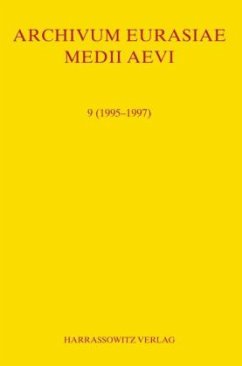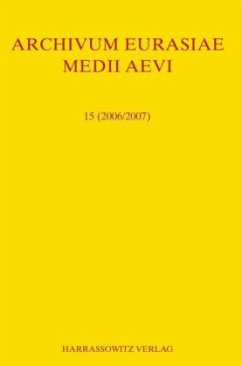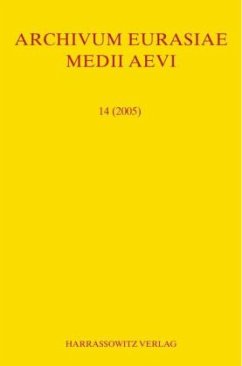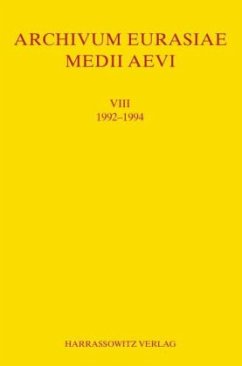
Archivum Eurasiae Medii Aevi III (1983)
Versandkostenfrei!
Versandfertig in 6-10 Tagen
68,00 €
inkl. MwSt.

PAYBACK Punkte
0 °P sammeln!
The focus of Archivum Eurasiae Medii Aevi is on the political, social, economic and linguistic history of the peoples of the Eurasian steppes and adjoining regions from late antiquity to the Mongol Empire and its successor states. Among its primary concerns are questions regarding the Iranian steppe peoples, the Huns, the Oghur and Bulghar Turkic peoples, the Sabirs, the Avars, the Khazars and other peoples of the Türk Empire, the Hungarians, Pechenegs, Cumans and peoples of the Mongol Empire. The periodical will also touch on many points in the history of the Slavic world, Crimea, Byzantium,...
The focus of Archivum Eurasiae Medii Aevi is on the political, social, economic and linguistic history of the peoples of the Eurasian steppes and adjoining regions from late antiquity to the Mongol Empire and its successor states. Among its primary concerns are questions regarding the Iranian steppe peoples, the Huns, the Oghur and Bulghar Turkic peoples, the Sabirs, the Avars, the Khazars and other peoples of the Türk Empire, the Hungarians, Pechenegs, Cumans and peoples of the Mongol Empire. The periodical will also touch on many points in the history of the Slavic world, Crimea, Byzantium, Iran, the Caucasus, the lands of Islam and the peoples of Central and Northern Europe, as well as elucidate various questions of Turkic and steppe history.From the contents:- Th. T. Allsen: Prelude to the Western Campaigns: Mongol Military Operations in the Volga-Ural Region, 1217-1237- K. Czegledy: From East to West: The Age of Nomadic Migrations in Eurasia- P. B. Golden: Khazaria and Judaism- T. Halasi-Kun: Ottoman Data and the History of the Krasovans- Ch. J. Halperin: Bulgars and Slavs in the First Bulgarian Empire: A Reconsideration of the Historiography- Th. S. Noonan: Russia's Eastern Trade, 1150-1350: The Archeological Evidence- Th. S. Noonan: What Does Historical Numismatics Suggest about the History of Khazaria in the Ninth Century?



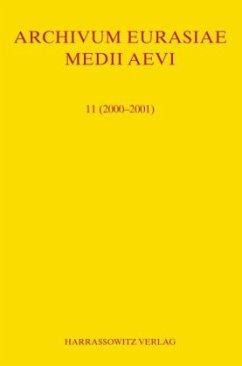

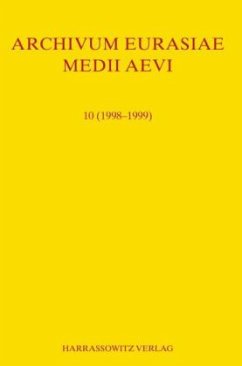
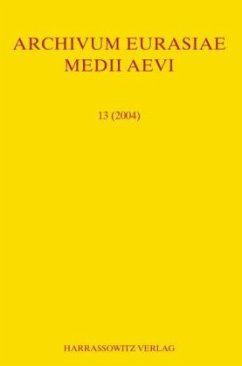
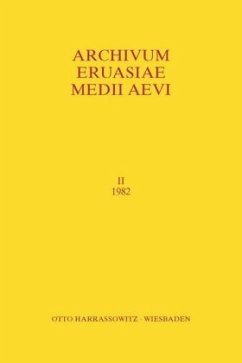
![Archivum Eurasiae Medii Aevi V (1985)[1987] Cover Archivum Eurasiae Medii Aevi V (1985)[1987]](https://bilder.buecher.de/produkte/40/40429/40429924n.jpg)
